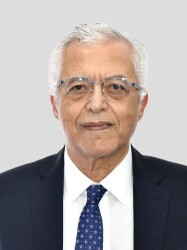BibTex format
@article{Mizandari:2017:10.1007/s00270-017-1727-9,
author = {Mizandari, M and Azrumelashvili, T and Kumar, J and Habib, N},
doi = {10.1007/s00270-017-1727-9},
journal = {CardioVascular and Interventional Radiology},
pages = {1911--1920},
title = {Percutaneous Image-Guided Pancreatic Duct Drainage: Technique, Results and Expected Benefits.},
url = {http://dx.doi.org/10.1007/s00270-017-1727-9},
volume = {40},
year = {2017}
}

